I’ve now set up a PayPal account linked to “hazemamewip@hotmail.com” so if anybody wants to contribute towards the purchase (and shipping to Sean / TeamEurope) of Plug and Play devices, then that address can be used. It will help enormously with sourcing additional units, plus any spares we might need for experiments (sometimes dumping is not straightforward as many of these don’t use regular ROMs, but ROM globs)
As these are donations, not payments for any specific guaranteed product or service, be sure to send them as gifts. Also don’t send email to that address, it won’t be checked. If you want to discuss sending a specific unit you already own instead, please tag on on Twitter.
Recap time. Around the end of last year the Play Vision “Who Wants to be a Millionaire?” Plug and Play unit was emulated. I did a video on it where, spoiler, I cheated my way to £1 million. This was a UK unit, designed for the UK market. At the time we knew there were units released for other regions too, the assumption was that they would be the same, just localized. The game ran on SunPlus hardware.

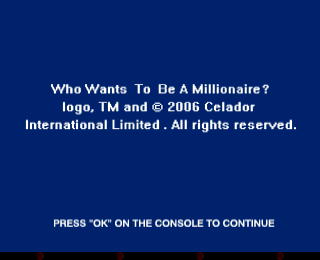
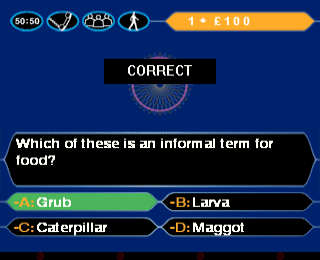
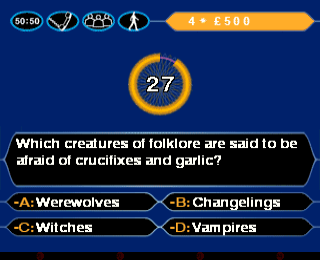
Senario also put out a number of games on SunPlus hardware, we’ll get to some more of those in another part, for now the focus is on the Millionaire games. Senario put out a Millionaire game on SunPlus hardware. Was it the same as the PlayVision game, also on SunPlus hardware? No. It’s an entirely different piece of code. On the surface this seems a better presented game, but the audio is weaker, and there’s an annoying delay before you can answer questions. It also lacks the LED on each controller to let a player know when the game is waiting for their input. Overall I’m less impressed by this one.

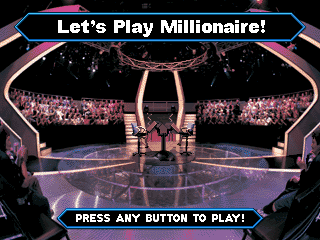
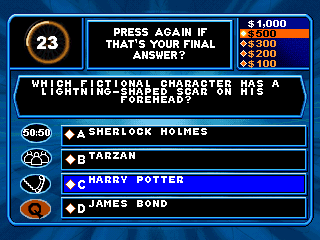
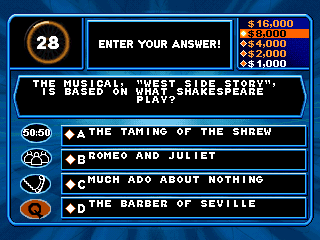
Another device we knew was going to be different just from the packaging. Character Options put out another UK Millionaire game, developed by 2waytraffic, but this one was a single controller rather than a base unit with each player having their own controls. In terms of being an effective ‘party’ game this limits what can be done, and in multiplayer mode this becomes apparent when each player is presented with a different question, which doesn’t always feel fair. On the plus side the lifeline ‘Phone a Friend’ feature performs a virtual phonecall rather than simply giving you extra seconds on the clock. There’s no speech, and generally weak audio. This is also SunPlus hardware, which I was surprised by, because many of the questions and answers do not fit in the boxes without scrolling which initially suggested to me that it might be weaker, lower resolution hardware.



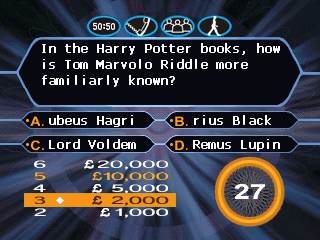
Now we have the one that was most surprising. Haluatko miljonääriksi? A Finnish version of Who Wants to be a Millionaire? put out by Play Vision. Santeri Saarimaa (aka Gridle who maintained the official MAME site in the earlier days of the project) picked this one up for us in Finland. Physically the unit resembles the UK Play Vision game, same shape, same style of controllers just with Finnish stickers etc. This had to simply be a localization of the UK Play Vision game, right? No. It runs on entirely different hardware. This does run on the lower resolution, less capable Elan type 6502 based hardware. As a result it’s also the only one that isn’t currently playable as the emulation of that platform is much more preliminary. This does make me wonder if there was a UK version on this weaker hardware too, but so far there’s no evidence to support that making this one a real oddity. It is worth mentioning that this shows a 2005 date on the boot screen, not 2006, so if there was a UK release using this hardware, maybe it was earlier too.


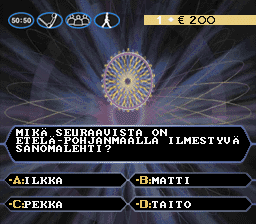

Not straying far, another thing yet to be promoted to working state, also on Elan hardware type is Cadaco’s Buzztime Trivia.
An 8-Player trivia game for the home sounds on paper like it could provided a decent level of family entertainment, heck, even the Playstation 3 is limited to 7 controllers due to some strange design choices. That said, some equally poor design choices seem to hold this one back.
First of all, you don’t get 8 players out of the box, you get 2 controllers by default, maybe 2 extra in some of the bundled versions. The controllers are also colour coded, you can’t just source 8 random controllers cheap, it seems you need 1 of each colour if you want 8 players, and of course the ones that weren’t bundled with the systems are now more expensive.
Second this Elan hardware just isn’t very good, it’s barely a step up from a NES, and arguably worse in some ways, and while this is fine for a quiz game it does mean you’re going to get a very bare bones quiz game, and that’s exactly what you get.
Third, and possibly due to the above and a lack of general interest in the platform, only 4 cartridges were released with a single category of questions in each. These provide different selections of questions, but even then one of them is an ‘Everything Trivia’ general knowledge cart which doesn’t even mix up the presentation from the built in ‘Everything Trivia’ instead simply providing a different set of questions (not even the ‘Fireworks’ animation at the end is updated). The cartridges are all marked ‘Series 1’ so there were probably plans for more but nothing materialized.
Something I did notice with the cartridges is that while they boast ‘550 extra questions’ they appear to contain more. Each question is stored with a “xxx OF 550” after it in ROM, but in Sports Trivia for example that number reaches “598 OF 550” I haven’t checked if there are any numbers skipped, or if all these questions are used, but it seems strange they had an advertised number then exceeded it. The cartridges, which are 2Mbytes each, could have stored many more questions, and even categories as there’s no attempt to compress the data or store it efficiently at all, but I guess there was a cost to licensing the questions, or Cadaco felt it would be more profitable to sell multiple carts.
In the end if you wanted a complete set for this system back in the day it would have been both expensive and unrewarding, a missed opportunity.




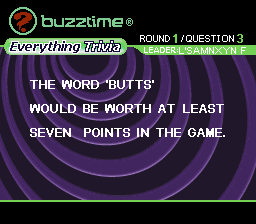
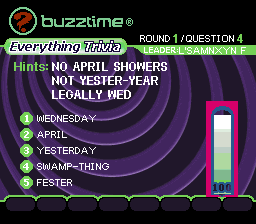
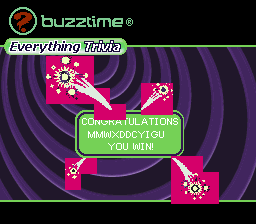



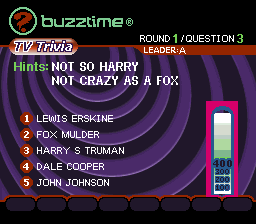

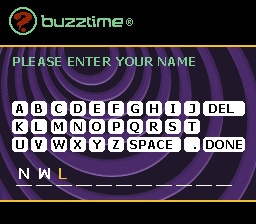

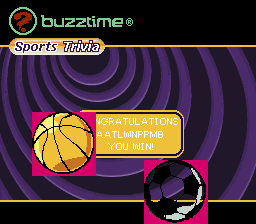




Another thing running on Elan type hardware that still needs work is the “All in 1” developed Sudoku. The original version of this was sold as “Carol Vorderman Sudoku” in the UK, although contains no branding. These Sudoku products are a good indicator of the period in which these Plug and Play devices were popular as it coincided with the Sudoku fad, meaning that there are many different dedicated Sudoku units, or Sudoku games found in the multigame units. This specific one is known for having an overly complex button layout, when in reality a simple stick and 2 buttons would have been less confusing. The inputs are not currently mapped properly, and it requires a hack to boot at all.
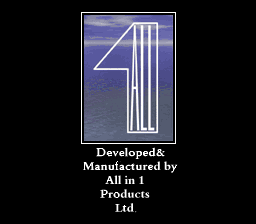

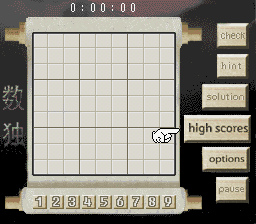
The unit above was also released in the US by Senario, it is unknown if the ROM is the same, although since there was no branding it’s possible. Senario also put out an ‘Ultimate 3-in-1’ version with different game modes, although it also doesn’t work at present. There is no Senario branding so maybe this too got a UK release under a different name.
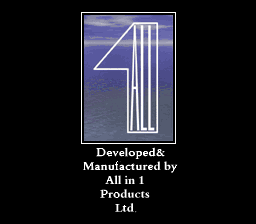
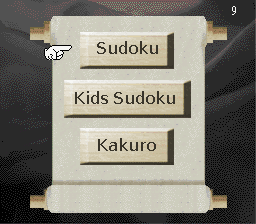
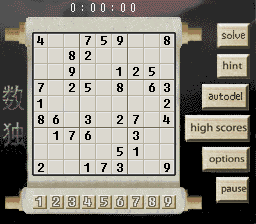
I looked at some ABL things in the first part, and another that still hasn’t been promoted to working yet is Air Blaster Joystick. Dumping this was actually Morten’s final contribution, so it’s a shame that I haven’t got it to a state where I feel it can be promoted, but at the same time I’m not sure at what point that would be. The reason for this is that the game code is an unmitigated train wreck. It was apparently developed by “XiAn Hummer Software Studio(CHINA)” for ABL, but even on real hardware the game suffers from a number of softlocks, and the coding is so bad that the overall flow of the game depends on the exact speed the processor is able to run at, untied from the video update rate. These Elan System on a Chip platforms performance seems to also depend on how much else is enabled. Checksum tests in some games indicate a fairly fast 6502, but in cases like this it clearly must run at a much lower rate or the game logic is broken, simply making sounds seems to cause the original game to have further slowdowns, and sprites frequently flicker or vanish on the original unit when more than a few are on screen meaning that if anything the emulation in MAME is painting a better picture of this game than it should. Some issues that are baked into the software are just as bad in MAME as on the real thing however, for example, on the vertical scrolling levels if you lose a single life on one of the bosses the game will enter a loop whereby it strips your lives and continues one by one automatically until you have none left. The manual attempts to explain this by saying you can’t continue on bosses, but it’s clearly a bug being explained away as a feature.
I could write an essay on all things this game gets wrong, but for everything bad there is to say about the game, it was extremely useful to have it dumped as it told me a lot more about the video modes supported by this Elan platform, but it’s a very poor piece of software. If you want to play it in MAME it’s probably better now than it will be once I decide to promote it, as promotion in this case relies almost entirely on documenting and implementing hardware limits (unless I decide to just flip the switch anyway, but I’d at least like to verify the timer rates first)
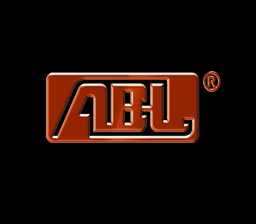

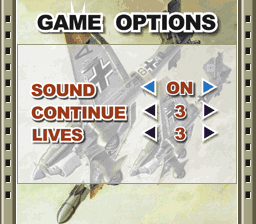
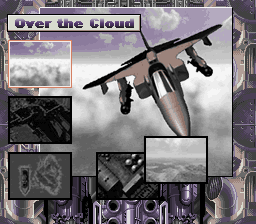
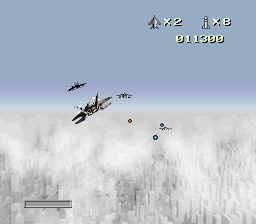
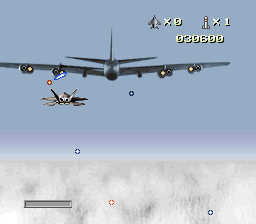
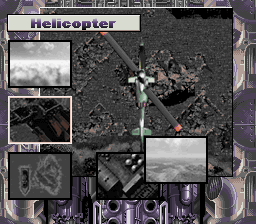
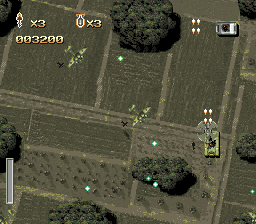
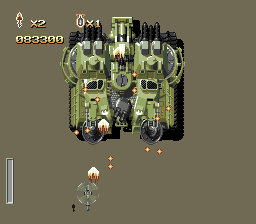
Sticking with Elan hardware, a contribution from GameHistory.org saw us with a Carl Edwards’ Chase for Glory Plug and Play to dump, which Sean dumped. I was at the time aware of a Carl’ Edwards game from Excalibur, as there are videos on YouTube of said title, what I did not know is that there were actually 2 Carl Edwards’ games from Excalibur and this was the one I wasn’t aware of. As with other games this one helped show how some featured worked, although currently still needs work in order to promote it to working state.

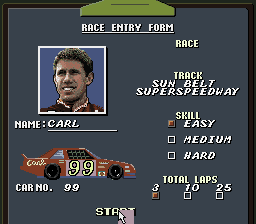

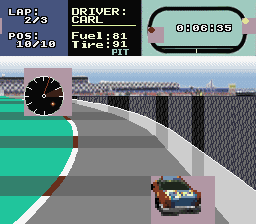
With this Carl Edwards’ game dumped I decided to pick up the other one, which was a wheel type controller. I expected it to be a SunPlus based system from screenshots, and with single game SunPlus systems it’s always a gamble whether or not they’re easy to dump cases or not. In this case, it was not an easy to dump case, so Sean was not able to dump it at this time.
Around the same time I realised that Excalibur actually had 2 ‘Wheel’ type controllers, which at least in photos look the same externally apart from the license attached to them. The other Excalibur wheel, rather than having a Carl Edwards’ license was branded as Ford Racing. I picked it up expecting it to be a difficult to dump case due to the external similarities with the 2nd Carl Edwards’ game, but instead it turned out to be one of the easier to handle cases.
The Ford Racing did turn out to be a SunPlus based device, although at present the controls aren’t fully mapped, so you can’t accelerate or steer, although that’s something I’ll look into fairly soon.

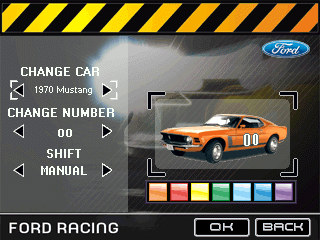


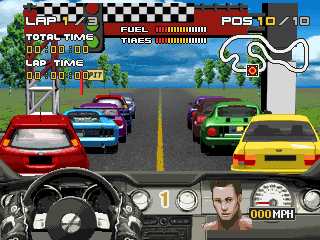
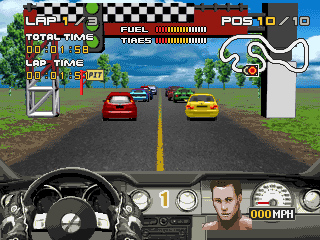
Flipping focus entirely to the Winbond hardware covered in part 1 for the ABL 4 Player System another game using that hardware was dumped, but like the rest it still lacks sound emulation as I can’t see any sound related writes. The game this time is “Shoot n’ Score” which is one of those games which wants to appear like a motion controlled game, but actually just has a sensor that detects when your foot passes over the unit and sends a button press. 8-bit versions of the same basic game exist on NES derived platforms, and were distributed by the same company as this, but those aren’t dumped. Ideally I’d like to find how sound works and hook up some scrolling before promoting this to working, even if the basic functionality of the game is already correct. Emulating this was useful as it showed me a sprite pixel doubling feature that none of the other games using the hardware had enabled, it’s used for the close-ups of the keeper attempting to save the ball.

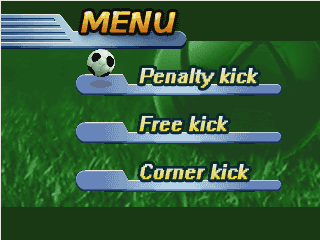
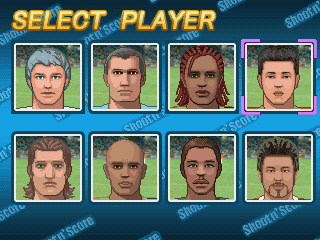
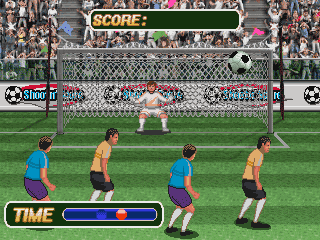

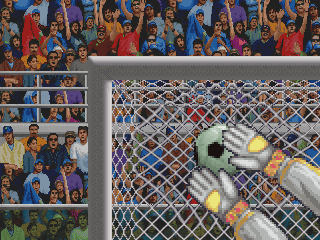
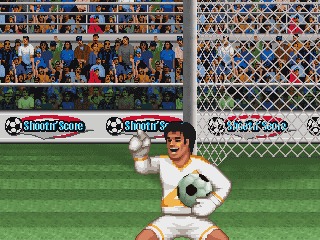
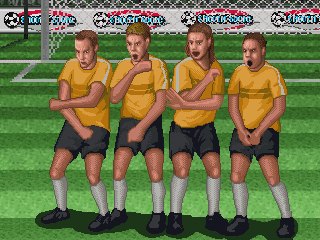
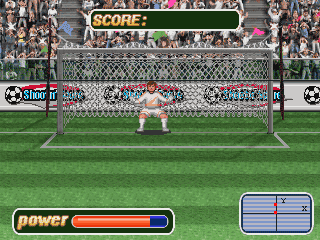
That’s it for this part. Personally I think there’s some fascinating stuff here. One of the things I love about working on MAME is making new discoveries. This time last year some people might have owned a Millionaire Plug and Play and not thought much of it, never bothered to talk about it, certainly not made any YouTube videos of it, and therefore it was very easy to assume that they were all just the same thing. By gathering units from different parts of the world it has been discovered, and documented for all to see that there are actually many different versions; if you grew up in the UK you’d be getting not only different questions, but a different game to the one found in the US. I believe that to be important. Furthermore if you look at something like Air Blaster Joystick it’s a lesson in how NOT to design something, and while MAME still only tells half the story of just how bad it was, I still hold hope that budding programmers can look at such things and realise that games do need thought behind the logic that goes into them; with the unprecedented level of awful ‘AAA’ software of late I feel many may have forgotten that.